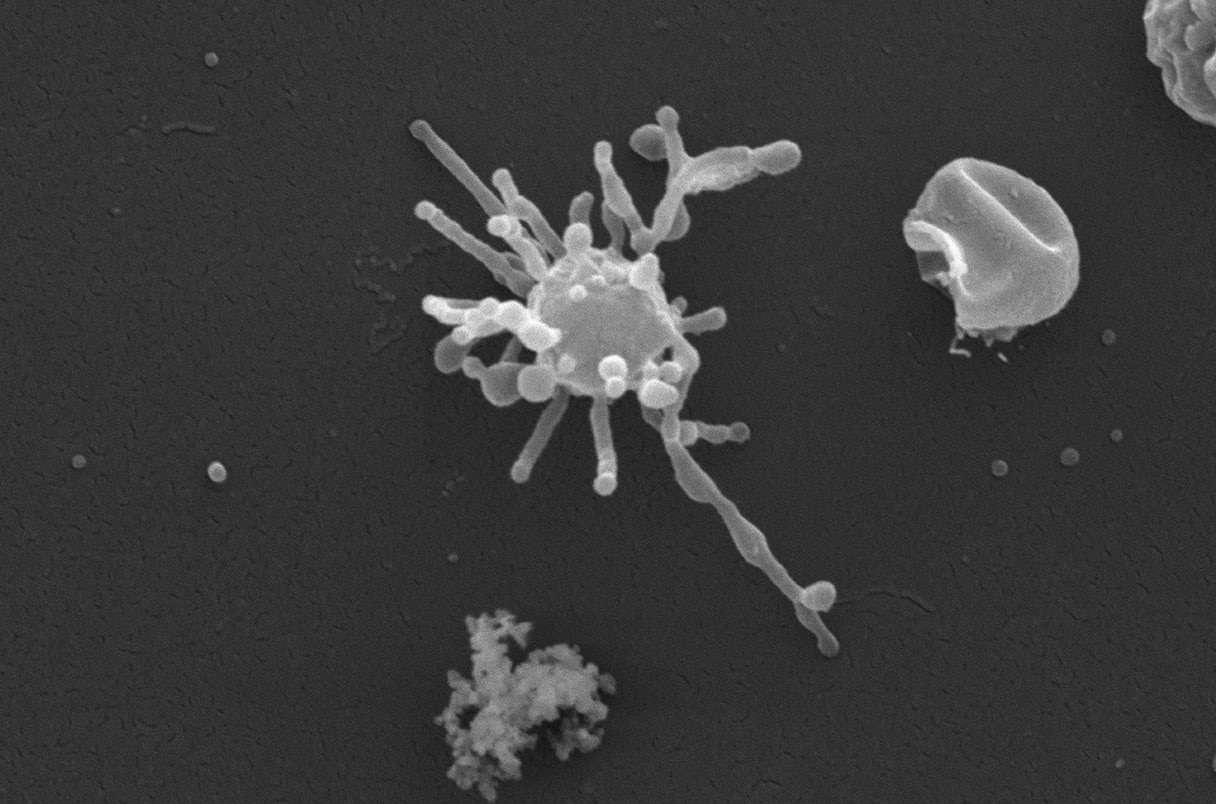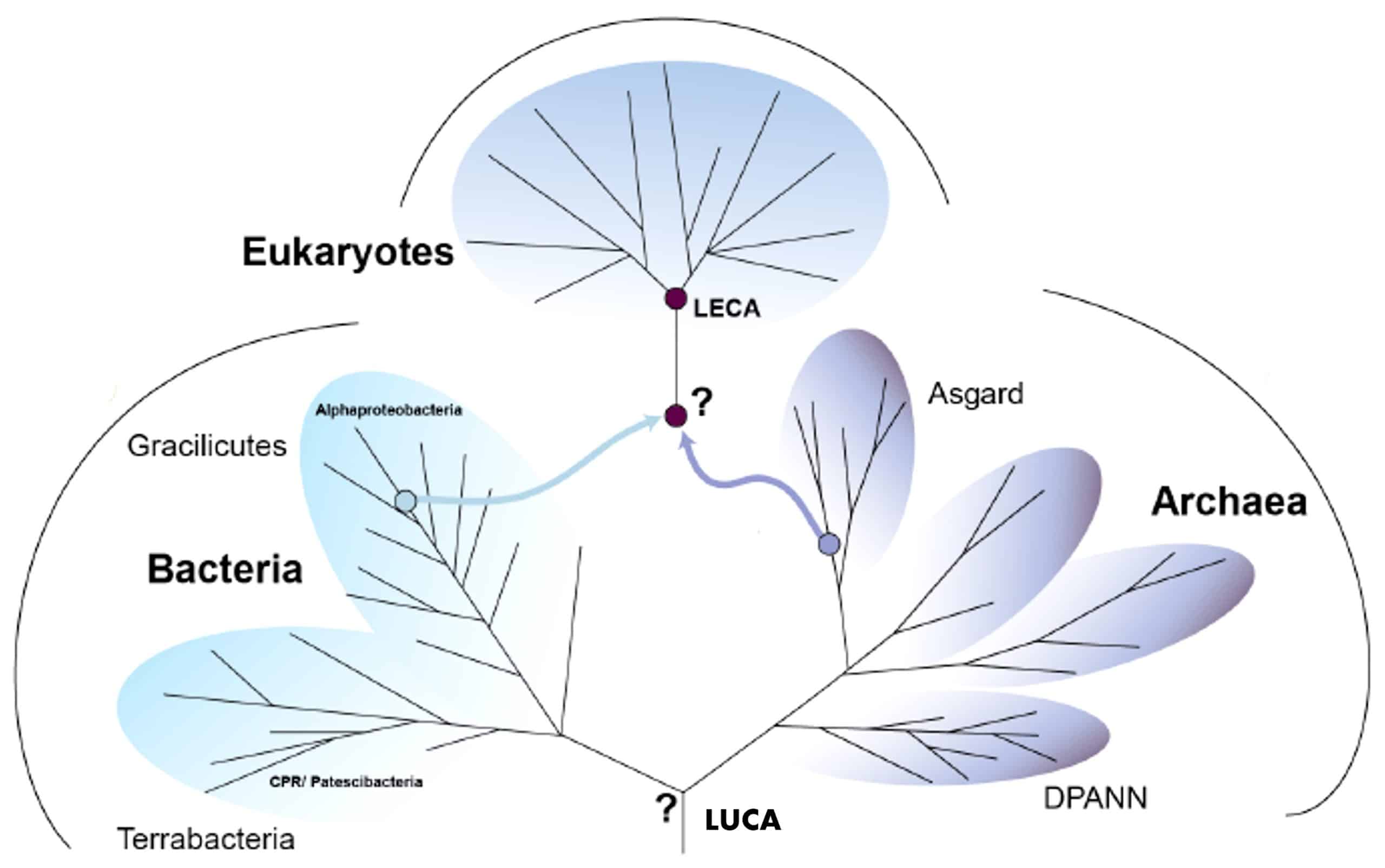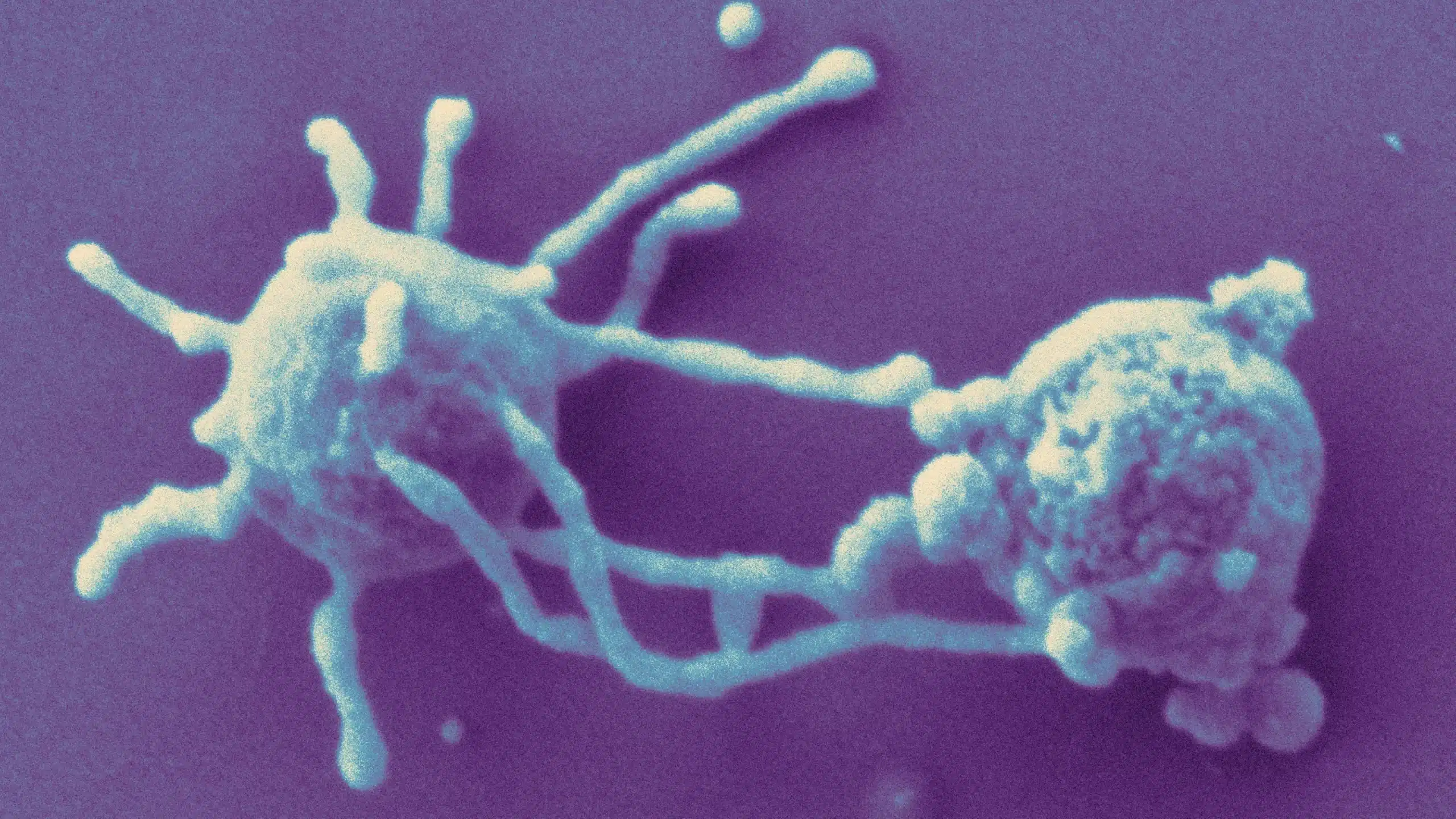
Evolutionary biologists have long known the important role of Archaea in evolution but they can be incredibly difficult to study. This is only the second time Asgard Archaea cells have been grown and studied in detail. They specifically want to look at the DNA of these cells to see how similar they are to other groups and classifications of living things.
The team was led by microbiology postdoc Thiago Rodrigues-Oliveira in Dr. Christa Schleper’s University of Vienna lab. After 6 long years of work they were finally able to get the cells to grow from a spoonful of sludge from the seafloor.
To give you an idea of how difficult this accomplishment is, the first isolated sample of Asgard cells took 12 years of hard work to get them to grow.
Why Was This Tremendous Effort Worth It?
You are probably wondering why teams of brilliant scientists took so many years out of their lives to get a few miniscule cells to grow. Normally, this would be an absurd waste of time, but not for Asgard cells.
Asgard cells look like extremely simple cells with odd arm-like appendages but they are extraordinarily important in the search for understanding the early stages of evolution. We know that all living things have an Archaea as a common ancestor but that isn’t all.
These cells could settle a raging debate in evolutionary science on defining one of the most basic groups of life, domains. The three domains have long been classified as bacteria, archaea, and eukarya.
However, as more genomic data from ancient archaea rolls in, some scientists are arguing that eukaryotes actually evolved from archaea and that they should be merged into one large domain of life.
Eukaryotes are multicellular organisms and include pretty much all life that you have probably heard of other than bacteria, including humans, all other animals, and insects.
A 2015 paper that was able to study bits and pieces of archaea DNA suggested that eukaryotes evolved from archaea. Since then researchers have been scrambling to work out the genomes of more archaea to see if that hypothesis is correct.
The recent developments using data and experiments with Asgard bacteria seem to have confirmed this hypothesis, drastically changing our understanding of how life evolved on Earth.

Now microbiologists think that an ancient archaea ate an ancient bacteria cell and essentially domesticated it (by accident). This bacteria then slowly evolved (somewhat separately from the archaea) into the modern day mitochondria, the powerhouse of the cell.
This research is likely not going to directly lead to medical breakthroughs from cutting edge biotech companies or anything similarly tangible. However, it constitutes a massive shift in our understanding of the world around us and is a major step in uncovering the remaining mysteries of evolution.
Related Articles:
Best Biotech Stocks to Watch in 2023
Researchers Are Using Magnets to Treat Depression By Reversing Brain Signals
Do Your Own Research With the Help of AI to Give Your Trading a Massive Edge
What's the Best Crypto to Buy Now?
- B2C Listed the Top Rated Cryptocurrencies for 2023
- Get Early Access to Presales & Private Sales
- KYC Verified & Audited, Public Teams
- Most Voted for Tokens on CoinSniper
- Upcoming Listings on Exchanges, NFT Drops
